In the 18th century, England’s upper classes entered a new era of prosperity. No longer the preserve of royalty, commissioned portraits - of oneself or one’s ancestors - became a coveted symbol of wealth and status. The portraits took pride of place in the home, or were given to others as gifts. As such portraiture in England developed a distinctive ‘Englishness’ which was a break away from the traditional and dominant schools in France and Italy. This portrait is a sublime example of this restrained but yet engaging portrait style. Held in a fine gilded and carved antique frame.
The sitter is John Gore (c.1689–1763) who was a politician who sat in the House of Commons between 1747 and 1761. He married Hannah Sambrooke on 30 July 1717 in London (see attached image). Our portrait was probably commissioned to commemorate this event.
Hannah was the daughter of Sir Jeremy Sambrooke, 4th Baronet (c. 1703–1740). The couple’s main residence was the Sambrooke family seat, Bush Hill Park, Middlesex, although they owned a number of other manors and estates. The couple had a son, John Gore but he died in 1746 aged 21, and also daughters Judith, Anne, and Catherine. In 1751 Catherine married her cousin, MP Joseph Mellish (c.1717-1790). Anne married Joseph's brother (who was heir to the Mellish family estate at Blyth), MP William Mellish MP (c.1708-1791) and through this marriage our portrait passed into the Blyth collection.
The Gore family were successful merchants. The sitter’s father was Sir William Gore (1644 - 1707) who Lord Mayor of London for 1701-02, and was a successful merchant and a founding Director of the Bank of England in 1694. He resided at Tring Park. Sir William married Elizabeth Gore (nee Hampton) (died 1705). The couple had four sons and four daughters, three sons were all MPs – John, William (c.1675-1739), and Thomas Gore. The Gore family was connected (several times by marriage) to the Mellish family, another successful merchant family, who resided at Blyth. Our sitter’s sister, Dorothea Gore (1683-1738) married Joseph Mellish (1675-1733) who was one of Newcastle’s earliest and most important political supporters in the county (at the time of writing we also have a portrait of Joseph Mellish).
John Gore was a merchant and in a business partnership with Joseph Mellish who subsequently became his son-in-law. He began as a Hamburg merchant, but his concerns grew more widespread: he was one of the original directors of the South Sea Company from 1711-1712 and 1715-1721 and was also a leading government financier. Gore and Mellish suffered considerably in the Lisbon earthquake of 1755, Gore’s loss being estimated at £30,000. He was elected Member of Parliament for Great Grimsby and served from 1747 to 1761.
He died 3 Aug 1763. In his will he asked to be interred in the family vault at Tring Park, Hertfordshire and that “my funeral be attended by my domestic servants only” and that “my dear departed son which now lies interred in the family vault at Edmonton may be removed to the 13th century St Peter and St Paul Church at Tring and be also interred as near to my corpse as may be convenient”. This monument contains fluted Ionic pilasters and a flared sarcophagus before an obelisk bearing a portrait medallion, all in coloured marbles, and to the sides of the portico at the base are a pair of free-standing putti, one wiping his eye with a handkerchief, the other wringing his hands (see photo). He also instructed the sum of three hundred pounds to be spent on a monument for his son and himself. Of the many people left funds in this will, it is interesting note that Joseph Mellish was left one thousand pounds, a considerable amount.
Blyth Hall - The site of Blyth Priory was abandoned after the dissolution of the monasteries, and passed to the Saunderson family. Blyth Hall is thought to have been converted from the Abbey buildings in the mid-sixteenth century, and was purchased by John Mellish (d 1677). His son Edward, a merchant in Portugal, returned to England in 1671 and in 1684 commissioned the demolition of the old priory which was built in 1088 and one of the oldest examples of Norman architecture in the country. It remained the Mellish family's principal residence until Lt Col. Henry Francis Mellish (d 1817) sold it to Joshua Walker Esq. in 1806 to pay his gambling debts.
Hodsock Priory was owned through nine generations from the mid-twelfth century by the Cressy family. A moated manor house was in existence by 1250. The estate then passed to the Clifton family through marriage and remained in their hands for a further thirteen generations. The house was sold in 1765 to William Mellish (1708-1791) and used as a subsidiary residence to the main Mellish house, the nearby Blyth Hall. William's son Charles Mellish (1737-1797) improved the estate, but his son Lt Col. William Henry Mellish (d 1817) was a gambler, and sold Blyth Hall to pay his debts, upon which Hodsock became the family home. Hodsock was inherited by Colonel Mellish's sister Mrs Anne Chambers (d 1855).
Bush Hill Park House was an early 18th century brick mansion surrounded by lush gardens. It originated in a small estate conveyed in 1671 by John Harvey to John Shale of London and in 1682 by Shale to Sir Jeremiah Sambrook (d. 1705). It descended to Sir Jeremy Sambrook, Bt. (d. 1740) and upon his death Jeremy's sisters and coheirs, sold the estate in 1745 to our sitter, who married Jeremiah’s daughter. When our sitter died in 1765, his trustees sold his lands to Joseph Mellish. The estate reached its greatest extent under Mellish's great-grandson William Mellish (d. 1839), a merchant and M.P. for Middlesex. The last Mellish owner of the house was Colonel Henry Mellish, who died in 1927. His two unmarried sisters continued to live in the house for the remainder of their lives. It passed in 1935 to a cousin, Mrs Mary Constance Mayhew (1901-1982), sister of Sir Charles James Buchanan, 4th Baronet (1899-1984). Mrs Mayhew and her family moved into Hodsock Priory in 1942 and in 1966 Mrs Mayhew's life interest was bought out Sir Andrew Buchanan, 5th Baronet, who continues to live at Hodsock Priory with his family.
Michael Dahl (1659-1743) was born in Stockholm and was a painter of exceptional talent. He studied with David Ehrenstrahl, the leading Swedish portrait painter of his day, before embarking on a tour of Europe in 1682 that included London, Paris and Rome. He first visited London and it is thought that he spent some time in Kneller's studio. In 1698 he was offered the position of painter to the court of the Swedish King, Charles XII, but preferred to stay and settle permanently in London. There, he established an independent studio and by 1700 became the most successful painter in England, second only to Godfrey Kneller. His Scandinavian origins ensured patronage from Prince George of Denmark, and Queen Anne and members of the English court and he worked for the Duke of Somerset painting the Petworth 'Beauties' in the late 1690s. in 1712 he charged £50 for a full length. He died in London in 1743 leaving two daughters (his only son, also a painter, died about three years earlier).
Provenance: From the sitter and by direct descent to Sir Andrew George Buchanan, 5th Baronet (born 1937) of Hodsock Priory, Nottinghamshire
Measurements: Height 97cm, Width 84cm framed (Height 38”, Width 33” framed



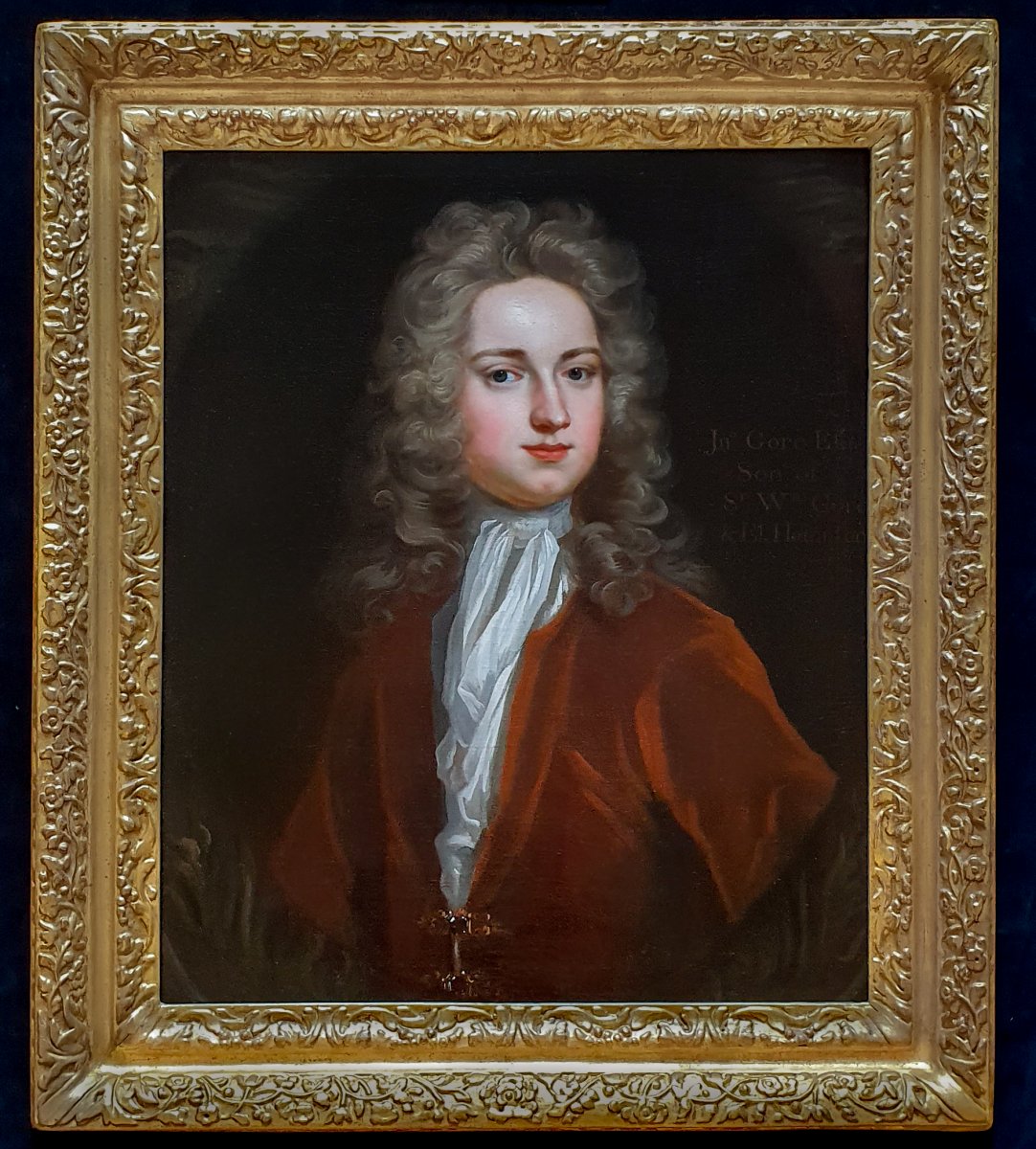
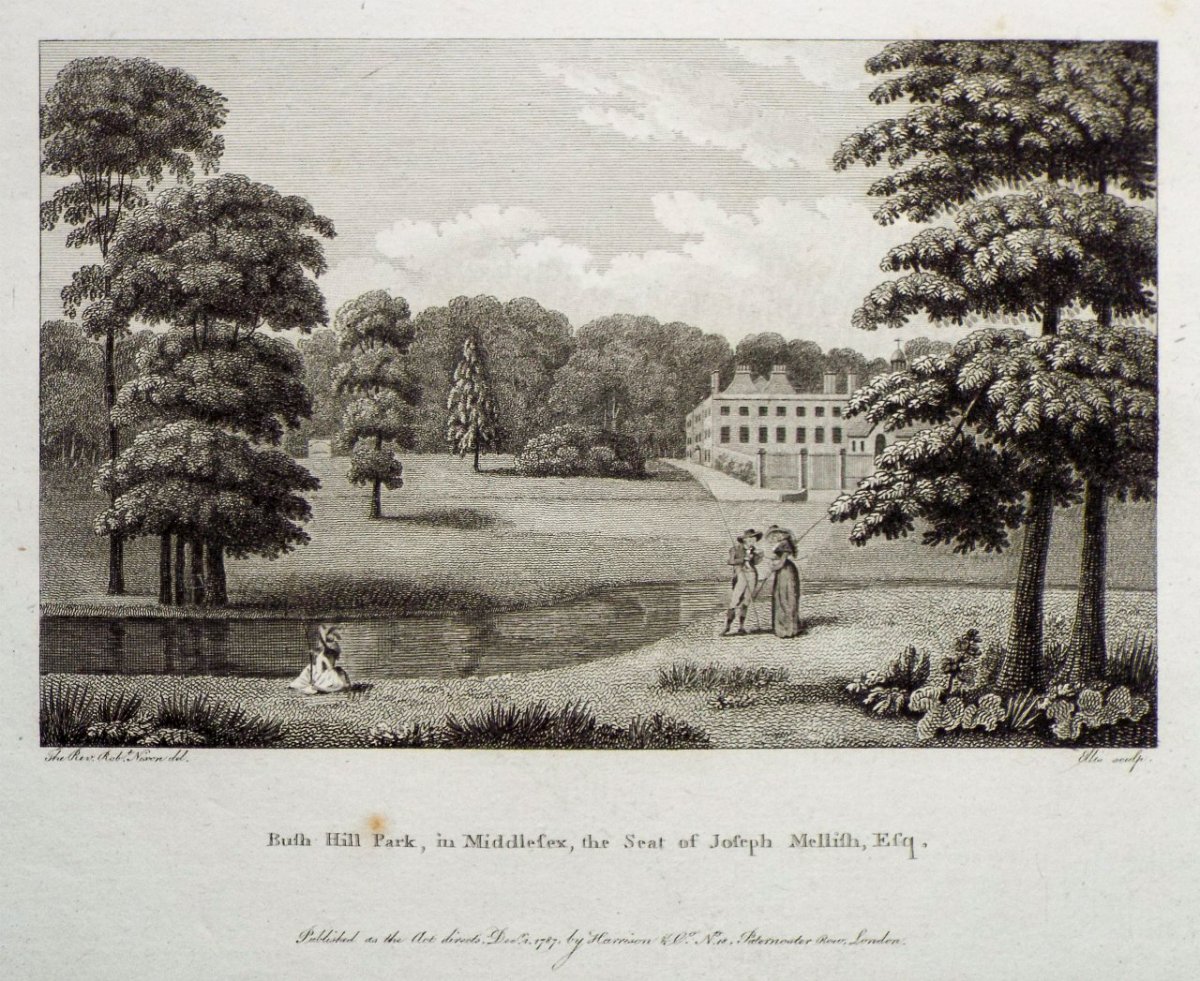
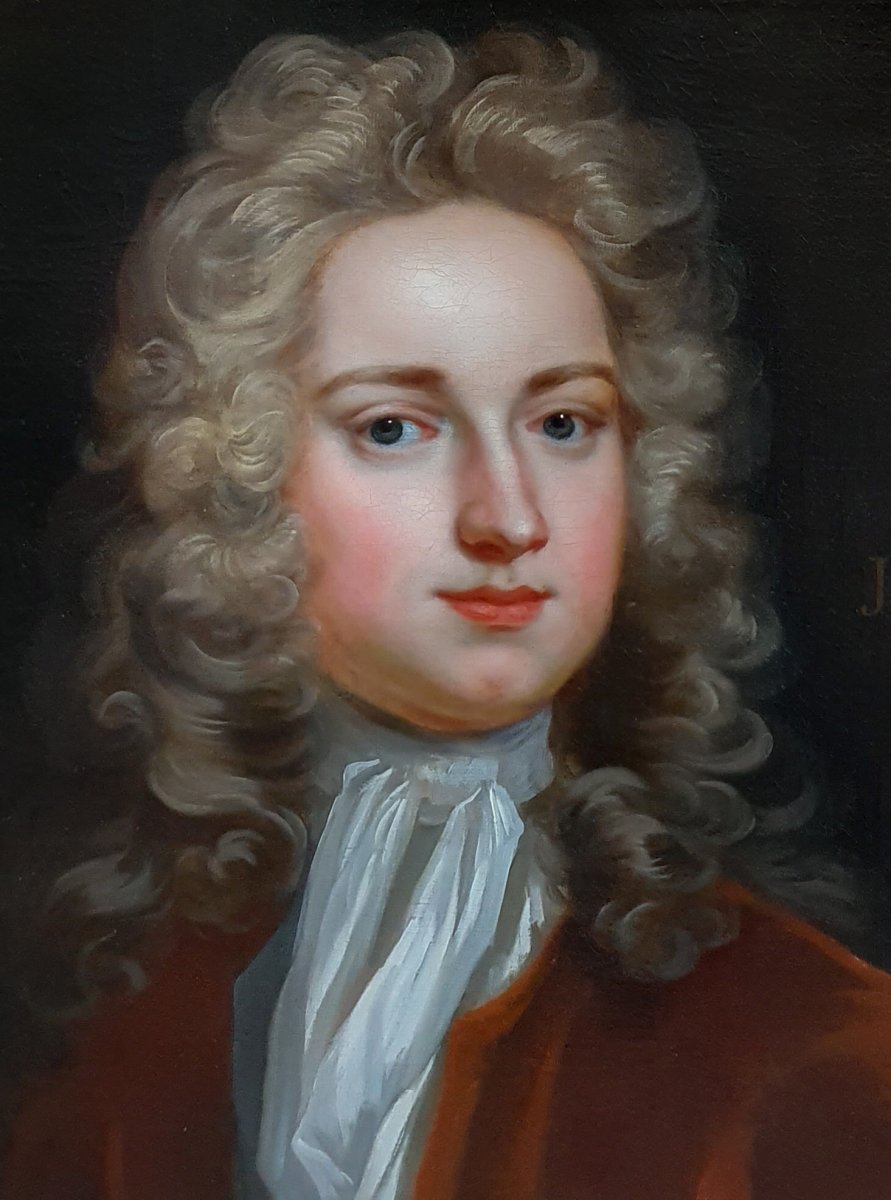
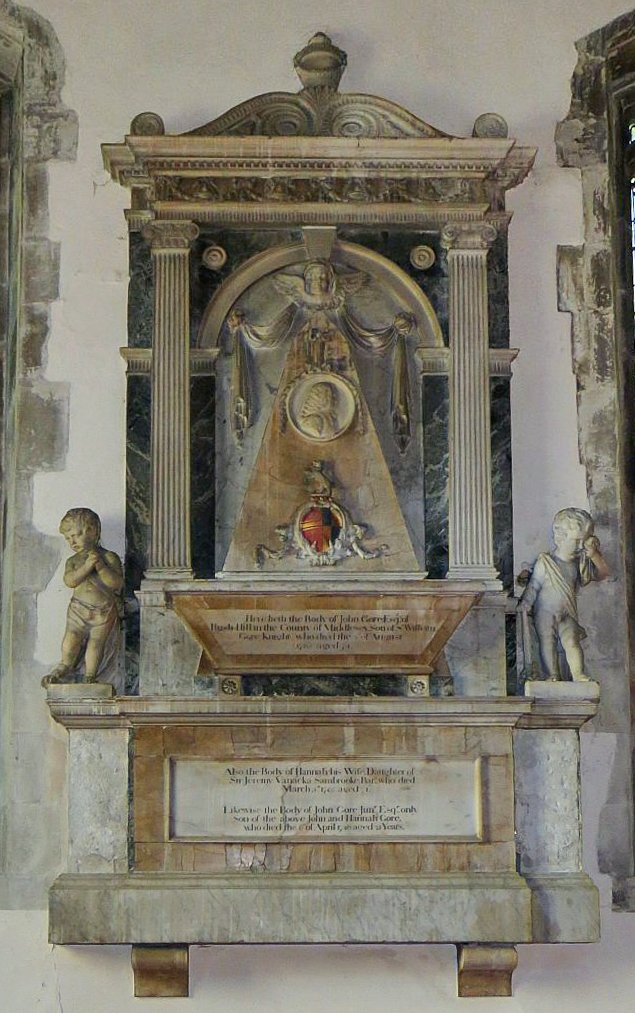

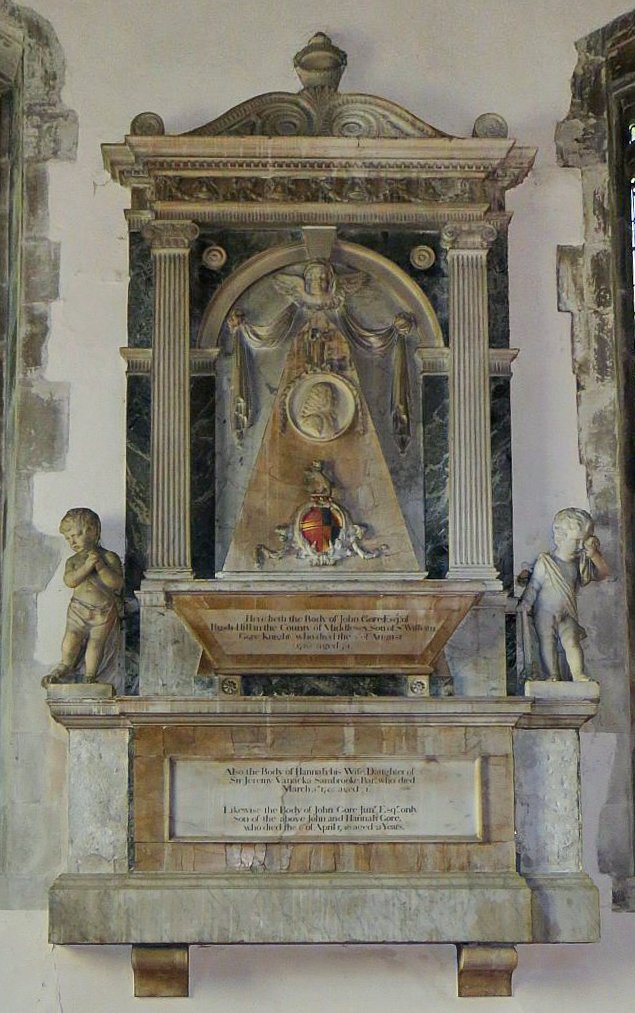

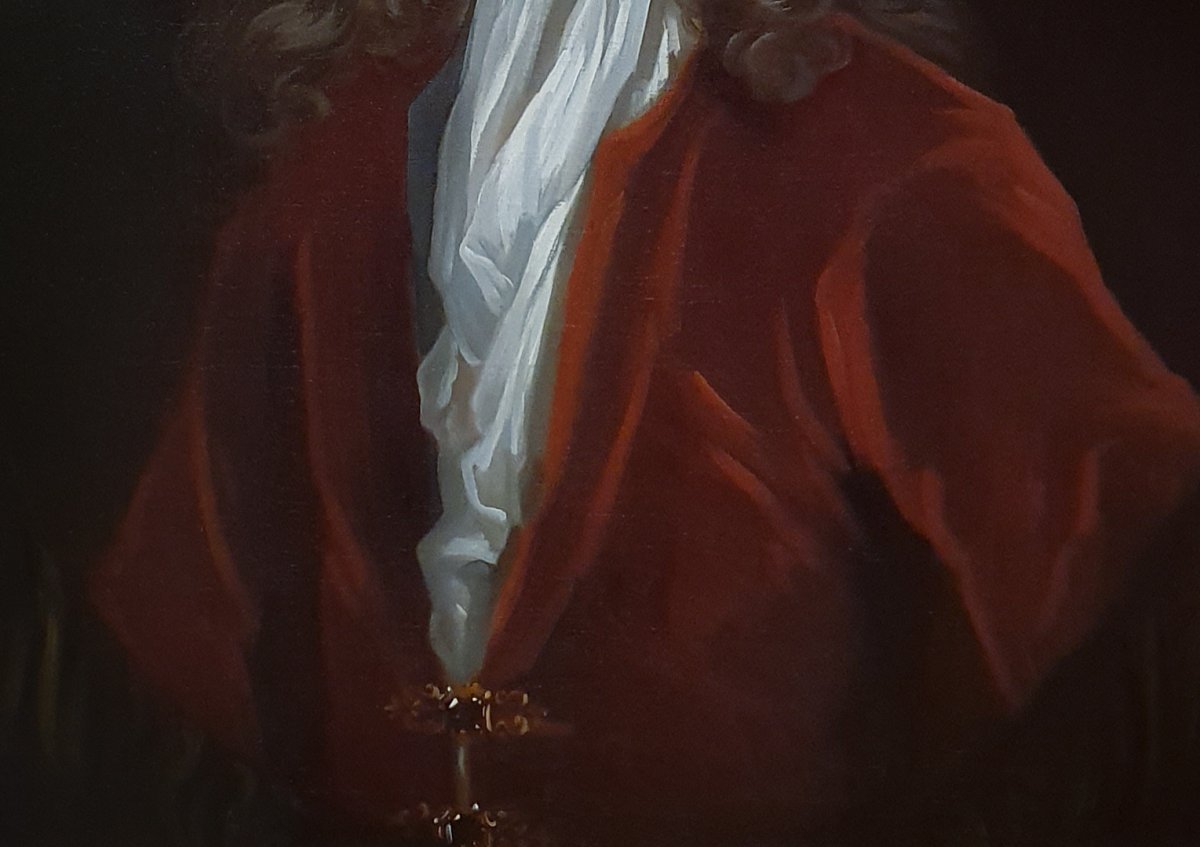
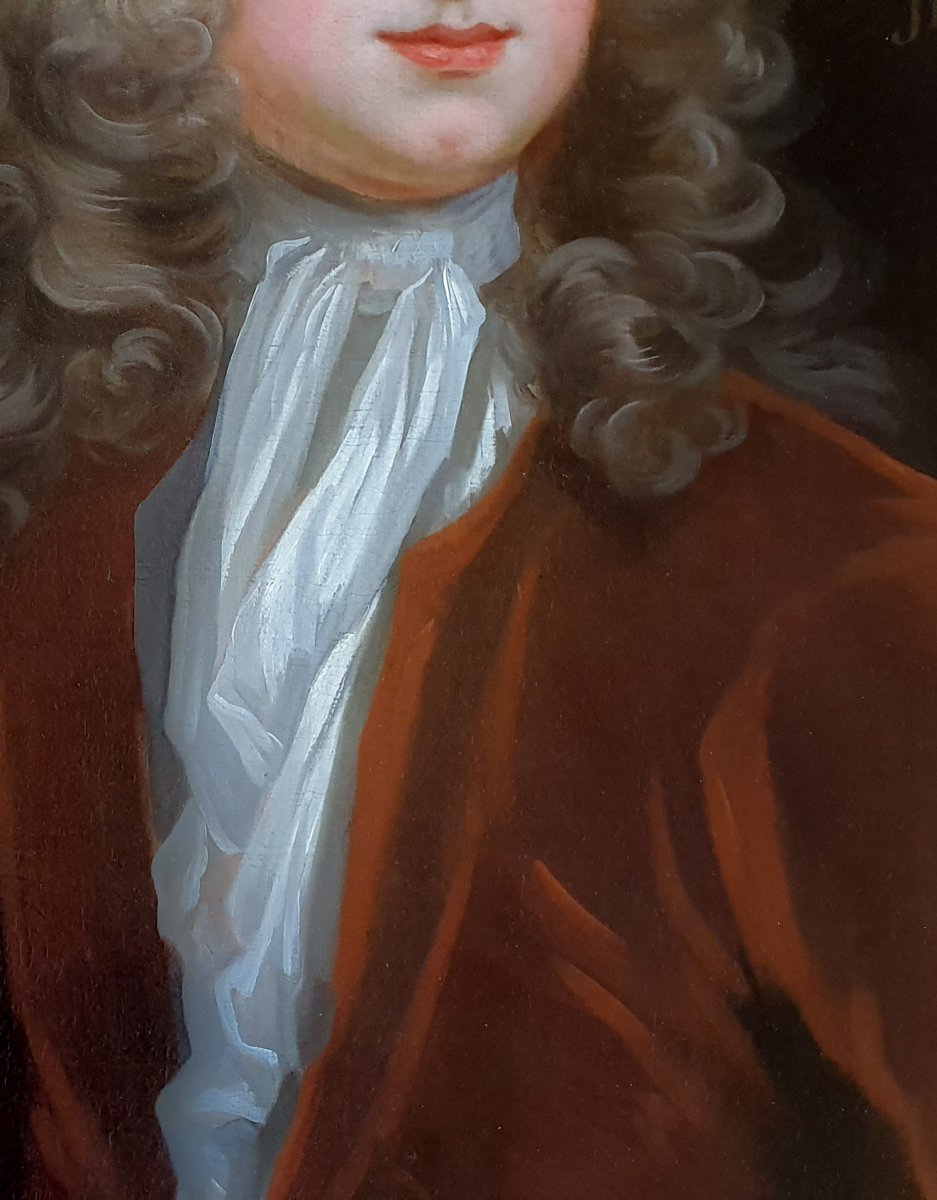








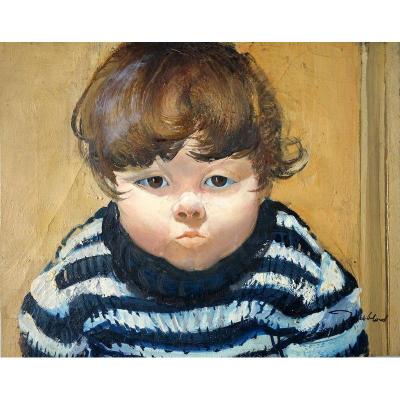
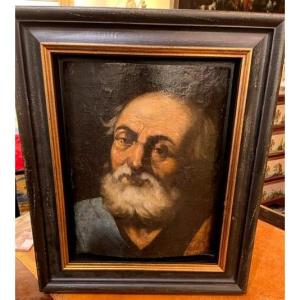
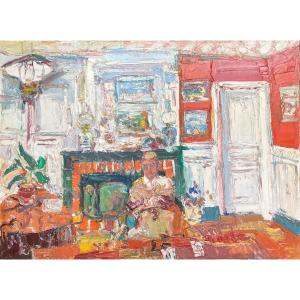

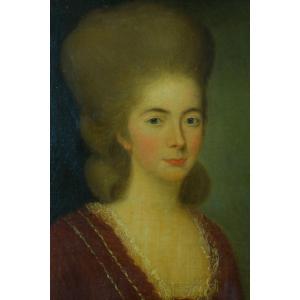



 Le Magazine de PROANTIC
Le Magazine de PROANTIC TRÉSORS Magazine
TRÉSORS Magazine Rivista Artiquariato
Rivista Artiquariato
